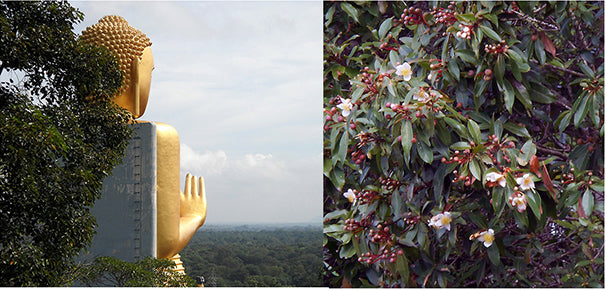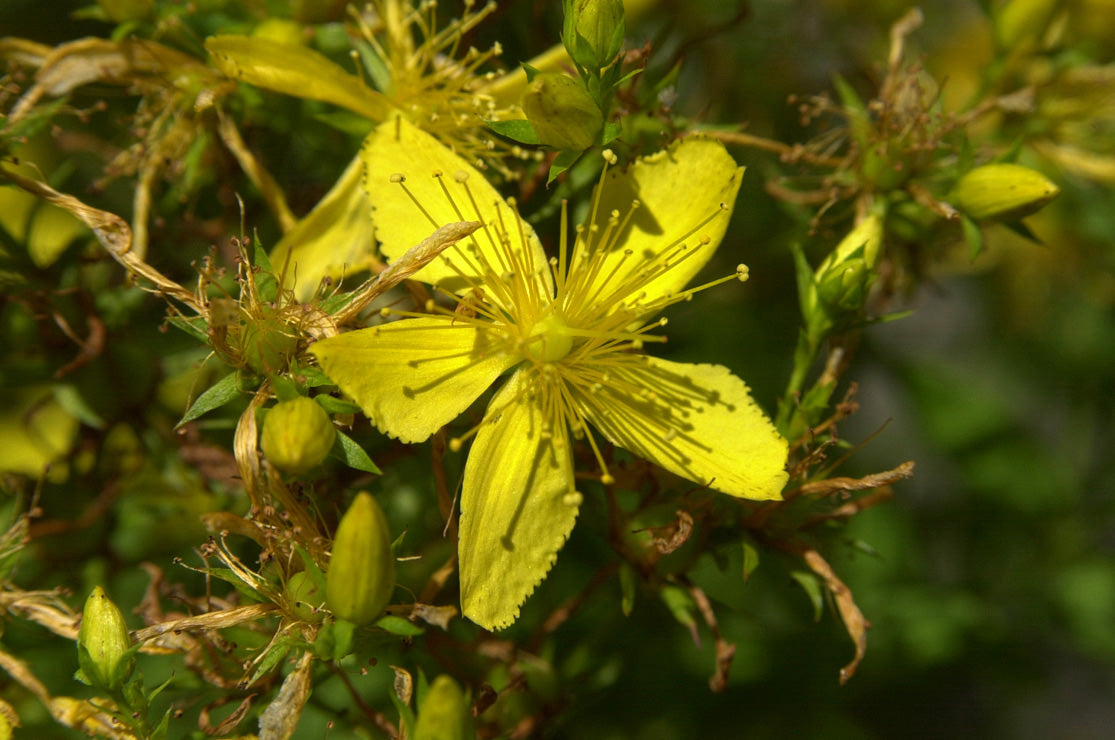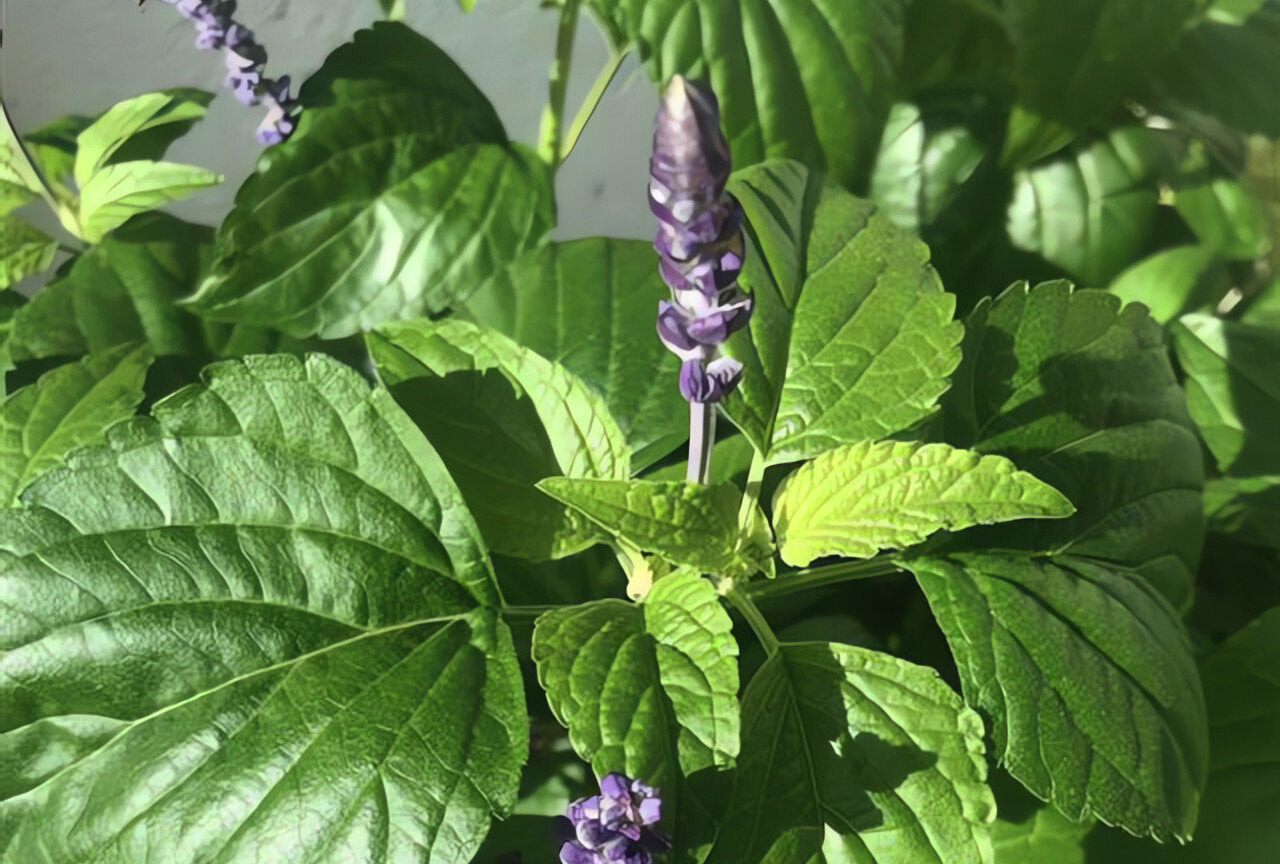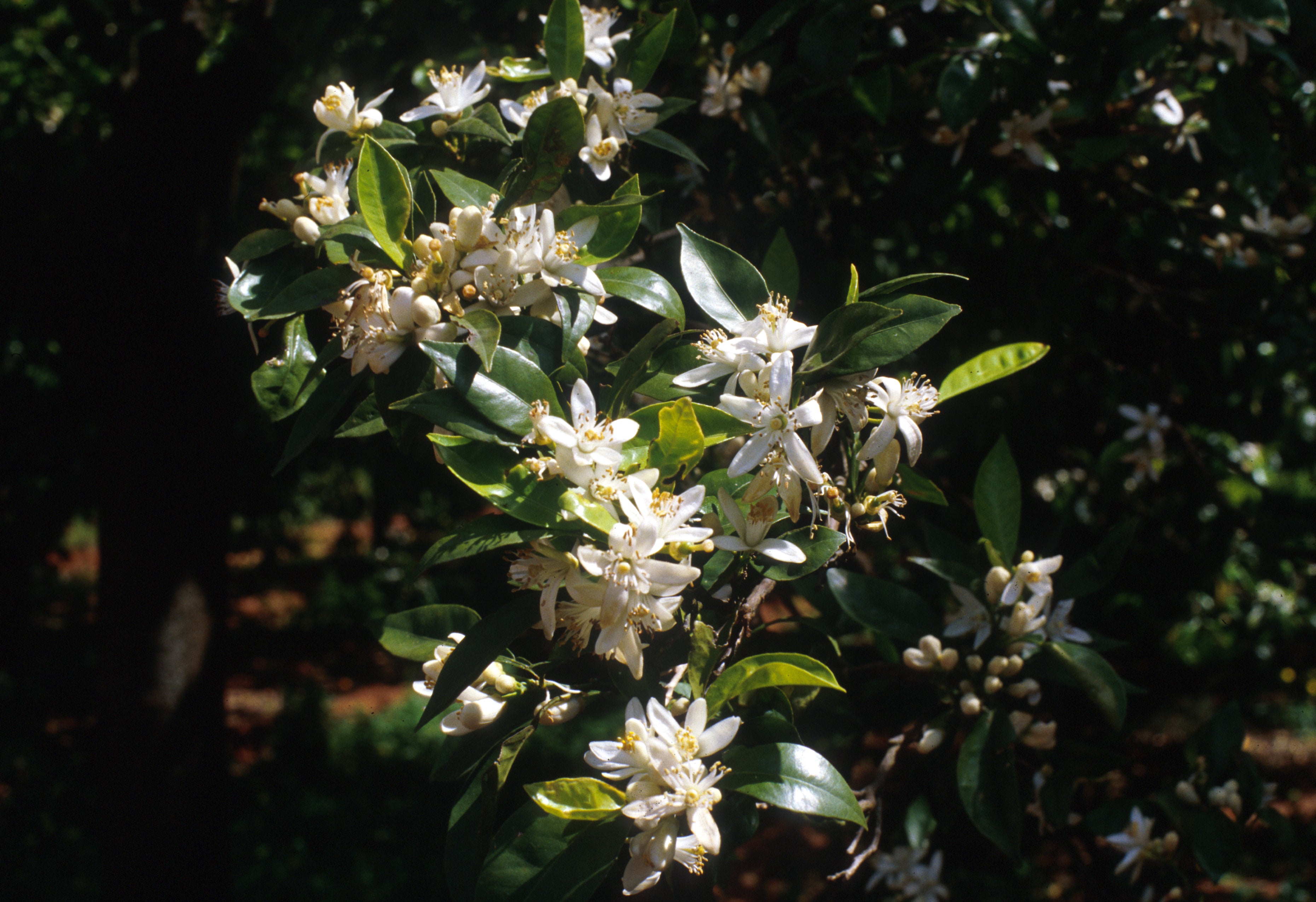Rulers of the Spice World
There were glorious aromas wafting all through the office when the spice oils from Sri Lanka arrived two days ago. Cardamom, Cinnamon, Clove and Patchouli are fabulous representations of the beauty of Sri Lanka. The spicy, voluptuous characters of these oils almost make one reach for the bookshelf and pull out a book about the Spice Route or the Silk Road. These oils transport the vitality inherent in the tropical climate of Sri Lanka. They are centerpieces of a health oriented aromatherapy. These four oils support a multitude of important metabolic processes and at the same time protect from many serious pathogens.
Cardamom: Digestive Relief, Balance and Relaxation
Cardamom is one of the worlds most expensive spices. Very popular in Europe Cardamom became truly a star player in the traditional medicines of the East, recommended for heart disease, respiratory ailments including asthma and all forms of digestive issues. According to contemporary research Cardamom can help to lower blood pressure and to prevent colon cancer. Cramps and other digestive conditions are swept away by Cardamom. It specifically rebalances confused states of the autonomic nervous system.
Cardamom Research
Cardamom’s two main components are cineole and terpinyl acetate. But it is the interplay of about 25 other main components which produces the unique aroma. Interestingly any number of laboratory studies attribute a variety of beneficial effects to the oil that go beyond the well recognized properties of aiding digestion. Studies show that cineole in Cardamom can stop alcohol or aspirin induced stomach ulcers, ease severe asthma, help to clear up sinus infections and helps to prevent blood clots. This suggests that Cardamom is one of the oils where the non-specific benefits are the most relevant. We derive advantages, without necessarily being fully aware of every therapeutic or preventative reaction that occurs.
Cinnamon and Clove: Outstanding Antimicrobials
These oils were as beneficial to humans in Hildegard von Bingen’s time as they are today. This suggests a reexamination of our cherished western notion of progress, that better conditions or medicines arise (only) as a result of human activity. Cloves and Cinnamon Bark exercised powerful impact on world history by way of the historic spice trade and its cultural and economic dimensions.
Wide Ranging Therapeutics
Therapeutic formulae for Clove and Cinnamon are best designed by integrating the oils with large proportions of other oils to balance their powerful qualities. Even if applied in low concentrations in a formula, the benefits and outstanding therapeutic qualities will still be present. Uses include all bacterial infections, oral, respiratory, digestive and much more, viral and fungal infections.
Clove and Cinnamon Composition
The Stars of the Phenylpropane Universe. Clove bud oil contains aceteugenol, responsible for the quality of the aroma. Aceteugenol is not present in Clove leaf or stem oils. Cinnamon bark from Ceylon contains about 65-70% cinnamic aldehyde and 10% eugenol. If extended with Cinnamon leaf oil the eugenol content is higher.
Patchouli
This oil did not arrive with the above mentioned. However since our Sri Lanka Patchouli is from the same producer we wanted to include it in the collection.
It has an utterly elegant and alluring fragrance combined with a broad spectrum of healing properties ranging from depression to dry skin. Being extremely well rounded, the fragrance is a little bit smokey and mildly herbaceous. Its richness arises from growing in the low-lying coastal areas. There are only a few bottles left of this nicely matured selection, the last of the batch from 2021. The healing properties of Patchouli include tissue regeneration, varicose veins, eczema, seborrhea, dermatosis, allergic skin reactions, parasitosis, hemorrhoids and much more.





Share:
True Lavender from the Plateau de Sault
Neroli - Soothing Today's Worries and Anxieties